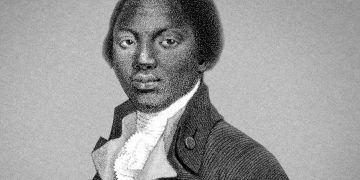In December 1917, just one month after the successful November Revolution that saw the Bolsheviks take control in Russia, Lenin requested peace talks with Germany.
The negotiations began on 22nd December 1917. Leon Trotsky was the chief negotiator for the Russians. Richard von Kuhlmann and Max Hoffmann represented the Germans and Ottokar Czernin the Austro-Hungarians.
The Russians believed that the Central Powers would be happy to sue for peace since it would enable them to concentrate all their fighting power on one front instead of two. However, the Germans demanded land concessions that were unacceptable to Trotsky and by the beginning of February talks had broken down.
Trotsky’s withdrawal from the talks which forced Russia to resume fighting, was not well received by the Bolshevik leaders. Trotsky’s position was worsened when Russia found itself in a worse position than at the beginning of the negotiations as the Central Powers took Belarus, Ukraine and the Baltic states.
By the beginning of March Russia had no choice but to agree the treaty on terms worse than those rejected by Trotsky at the beginning of February.
The Terms of the Treaty
Russia lost the future Baltic states – Estonia, Latvia, Lithuania as well as Poland, Belarus and the Ukraine to the German Empire. These areas were some of the most economically productive in Western Russia and their loss was a great blow. But Lenin believed that the sacrifice had to be made to allow Russia to concentrate on solving internal problems and strengthening the Bolshevik position.
The treaty was renounced by Germany when she was forced to sign the Armistice on 11th November 1918.












